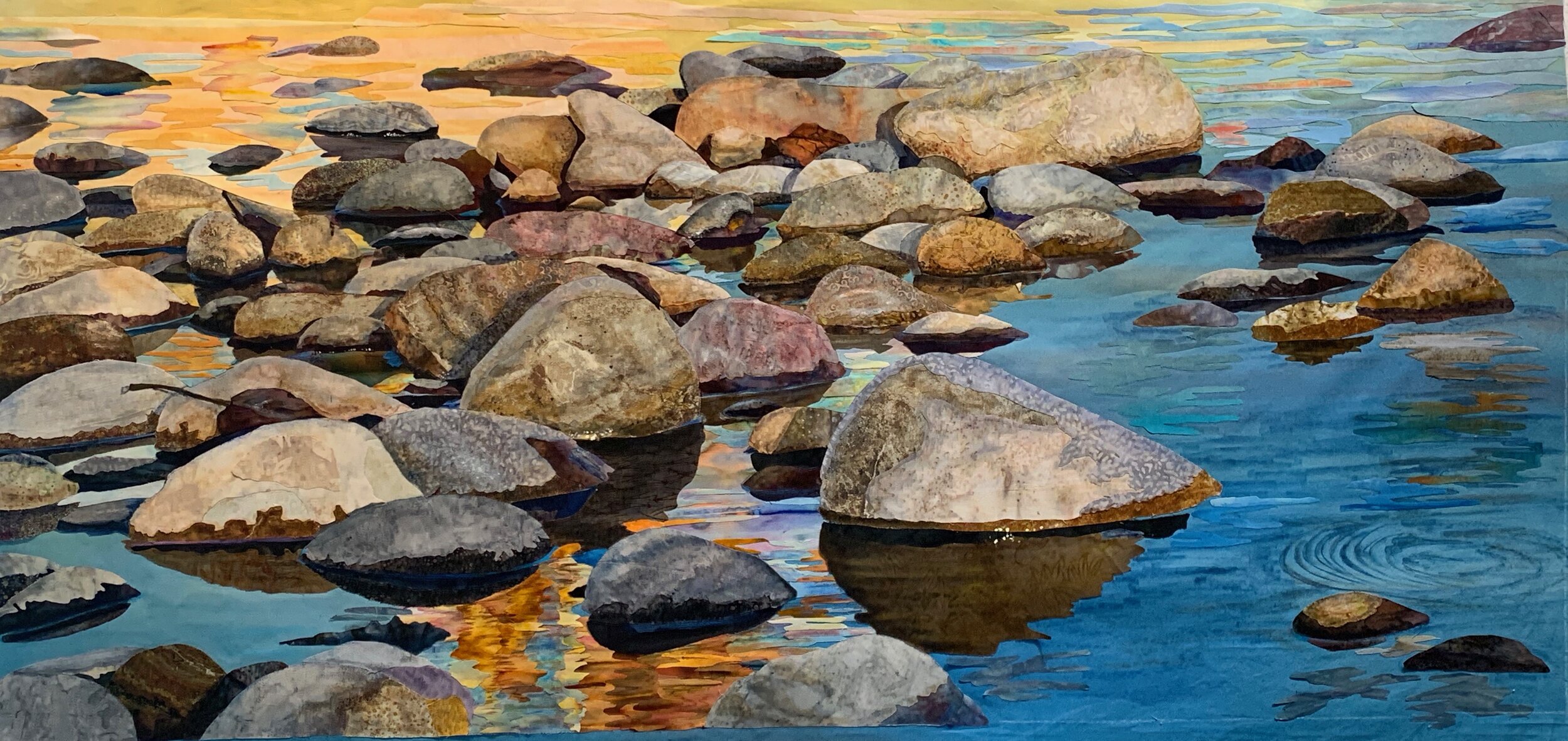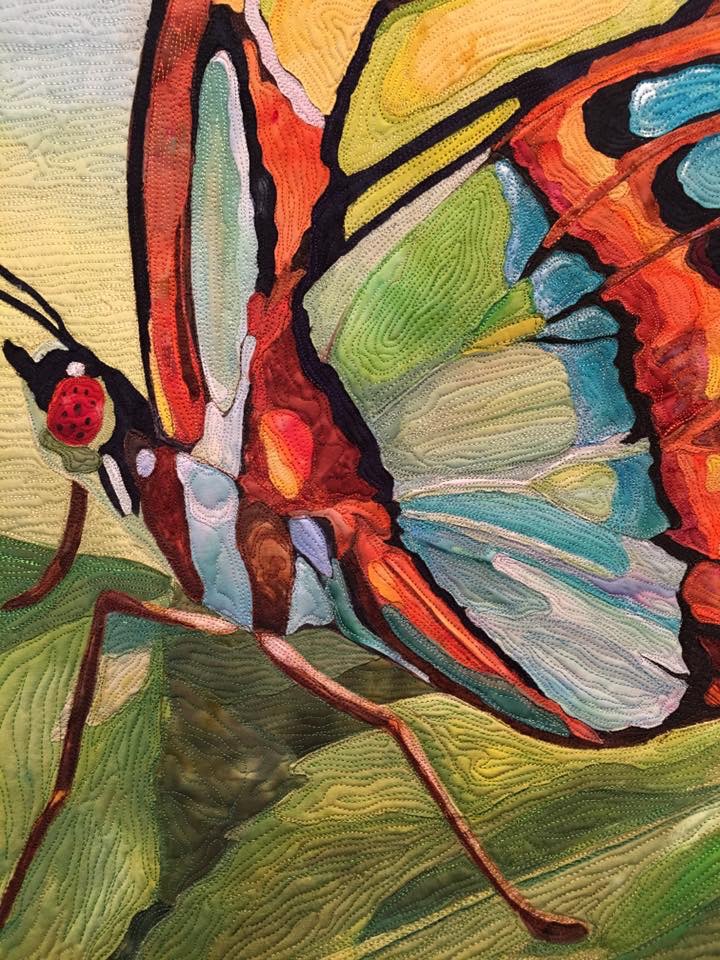Just this week I was caught up in a discussion on social media that was pretty, well for lack of a better word—heated.
The discussion centered on a whole cloth quilted wall hanging that won a first place ribbon in a major competition. The quilt in question was a design taken in its entirety from a artistically drawn coloring book for adults.
The comments were —at times —pretty scathing for the woman who entered the quilt. As thecomments rolled in, the quilter in question did answer that she had followed the rules of the show, and had submitted written permission from the coloring book author with her application to the show. She was a first time entrant in that show as well.
The show rules do require that if you are using a design from another source, you must obtain written permission to enter.
The permission given probably also allowed the quilter to have a financial win, but I am not aware of any other agreement that they may have had.
So, the show rules allowed this, and the judges were probably aware of it. The quilt then, in the judges eyes, based on both the quality of the stitching, and with design permission given, ranked well.
Of course, if it hadn’t won anything, no one would be talking about it.
I also believe that if she had used traditionally inspired designs, including quilting stencils, feathers, cross hatching and the like, no one would have blinked an eye.
As someone who has used photographs taken by both professional and amateur photographers as source material, my head reeled with the implications.
When I was at Houston last year, I attended a lecture by David Taylor, a quilter and competition winner who uses photos for his subjects. He started the lecture by telling us that he also was aware of talk on social media concerning a similar issue with a winning quilt in Houston 2016 "World of Beauty" competition that was based on the work of another artist. The quilt was quoted as “an original interpretation” of a work from that artist. He defended the win.
As you can imagine, people were very critical of the fact that the quilt maker won a large prize based on art from another source. Is it fair?
Is it fair?
You can see their point. Original design is hard. It is why artists are seen as something special—which they are. Comments were made that interpreting someone else’s art is just craft. Ouch.
In the end, the social media poster who questioned this win felt that if you are using another person’s work as your design source, you should be in a different competition category than those with original design.
There is a good reason to feel that way—design is hard and original designs should score higher points in judging than non-original design. Do they need there own category? I'm not sure.
There is somewhat of a precedence for this argument. Not only in the disclosure, but In the IQA rules, quilts --quilted by another person-- have to be entered in the two person category. Furthermore, you cannot have paid that person to quilt that quilt.
But in using another’s design, that second person never actually works on the quilt.
Additionally quilting comes from a tradition of shared patterns and designs. As someone who has made several Baltimore Album style quilts, I have used patterns drawn more than 100 years ago. I was always very proud of my work.
I also pointed out that some of those patterns actually were derived from Theorem style paintings from the 1830’s before they were ever quilt blocks in the 1850’s.
So quilting has that history. If we eliminate all patterns from the quilting world, what would be left?
I would even argue that if you are a whole cloth quilter who is using the feather design in your work at all, you are borrowing designs from the person who first drew them— an anonymous woman or man from a different era.
Another woman commented on social media that we were making her feel bad. Why? I asked. She replied, because I am not an artist myself, and I can only use designs created by others. She felt somehow less. I assured her that design is a learning process. WE CAN ALL design, it just takes practice, and more practice.
Here is some recent work. Like any mother these days who wants a picture of one of their kids, I lifted a selfie of my daughter Liz from her Facebook page. I processed the photo into a posterization app on my iPad, printed it out, and used that as a pattern to make this quilted portrait (which even her 4 year old daughter recognizes as mama). I don’t plan to give my daughter design credit for her selfie—sorry Liz! But I will disclose the source of the photo
Does that make me less of an artist?



